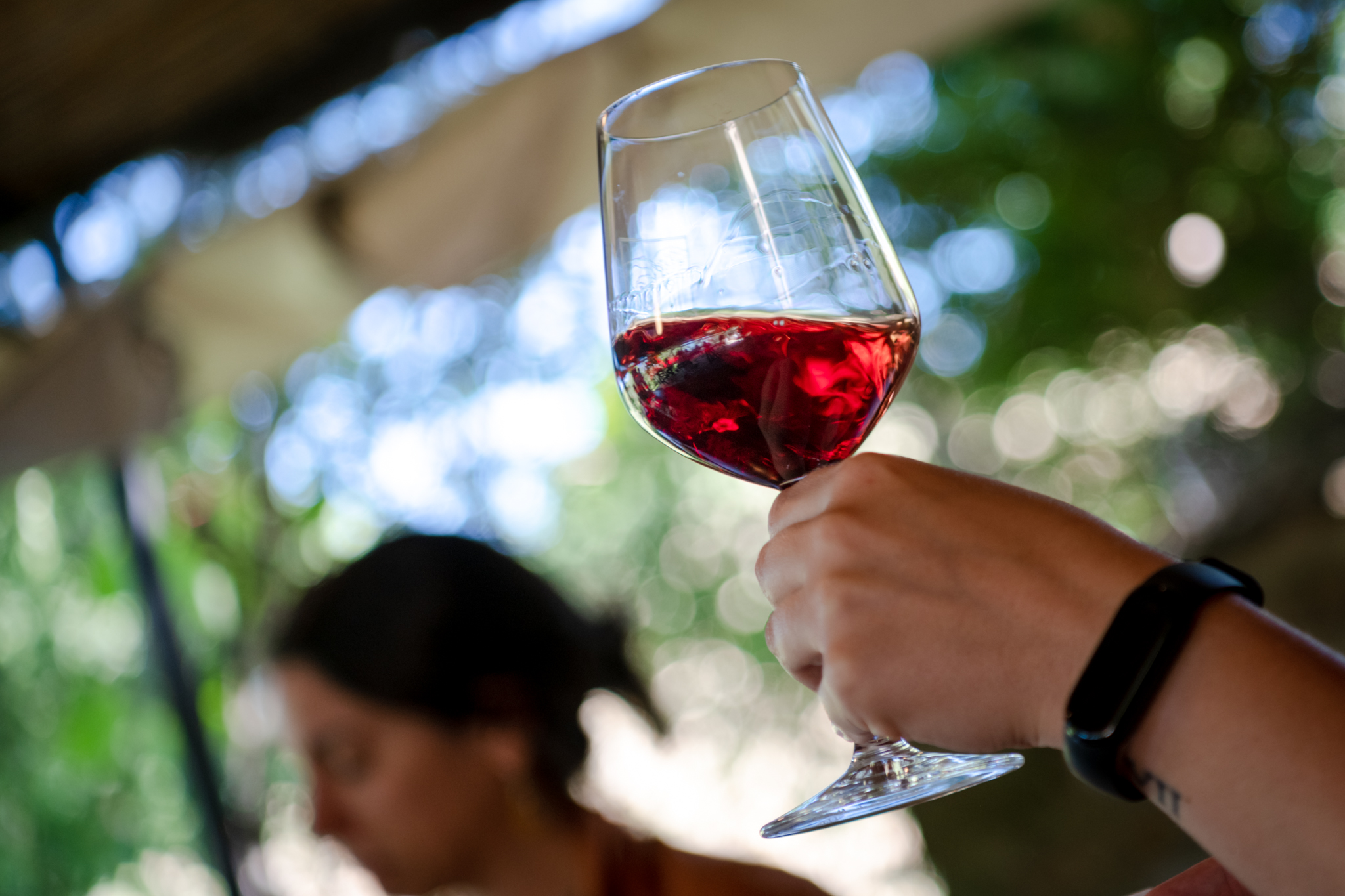
Nestled in the heart of Tuscany, between Florence and Siena, the Chianti Classico region is one of the most iconic wine destinations in the world. More than just a wine, Chianti Classico represents a centuries-old tradition, a landscape of rolling hills, medieval villages, and a culture rooted in craftsmanship and hospitality. For those looking to experience Chianti Classico in its truest form, here’s how to approach it thoughtfully and thoroughly.
1. Understand What Chianti Classico Is (and Isn’t)
Before you even set foot in the region, get to know what defines a true Chianti Classico:
-
The Black Rooster (Gallo Nero): Only wines that carry this symbol are certified Chianti Classico DOCG, ensuring they meet strict quality and geographic standards.
-
Grapes & Rules: Chianti Classico must contain at least 80% Sangiovese. The remaining 20% can be other approved red grapes like Canaiolo or Colorino. No white grapes are allowed.
-
Three Quality Levels:
-
Annata: The standard vintage, aged for a minimum of 12 months.
-
Riserva: Aged for at least 24 months, offering greater complexity.
-
Gran Selezione: Made from the estate’s best grapes, aged for a minimum of 30 months—this is the pinnacle of quality.
-
2. Plan a Vineyard-Centric Itinerary
Chianti Classico is more than just wine tasting; it’s an immersive journey. Choose a mix of large, historic estates and small, family-run wineries. Some must-visit names include:
-
Castello di Ama: Art meets wine in this beautifully restored hamlet with a contemporary art collection.
-
Fontodi: Located in the prestigious Panzano area, known for organic farming and bold, structured wines.
-
Castello di Brolio: The birthplace of the modern Chianti recipe, with a rich history dating back to the 12th century.
Book in advance, especially during the harvest season (September–October), and opt for private or small-group tastings where you can ask questions and learn directly from winemakers.
3. Taste With Purpose
When tasting Chianti Classico, keep these tips in mind:
-
Don’t Rush: Unlike quick Napa-style tastings, Tuscan experiences are leisurely. Allow time for discussion, food pairings, and walking the vineyard.
-
Compare Vintages & Styles: Try an Annata, Riserva, and Gran Selezione from the same producer to understand the nuances.
-
Mind the Terroir: Chianti Classico is divided into several subzones—such as Gaiole, Radda, and Castellina—each with its own expression of Sangiovese.
4. Pair With Local Cuisine
Chianti Classico was made to be enjoyed with food. Traditional pairings include:
-
Bistecca alla Fiorentina: A massive Tuscan T-bone steak that finds its soulmate in a structured Riserva.
-
Pici al Cinghiale (handmade pasta with wild boar ragù): Best with a Gran Selezione to match the richness.
-
Pecorino Toscano: A hard sheep’s milk cheese that elevates the bright acidity of young Chianti Classico.
Many wineries offer full meals or curated food pairings—take advantage of these to experience the wine in its natural culinary habitat.
5. Stay in the Region
For a fully immersive experience, stay in an agriturismo (farm stay), vineyard villa, or wine resort. You’ll wake up to views of olive groves and cypress trees, and often have opportunities to join cooking classes, truffle hunts, or even grape harvesting.
6. Visit During the Chianti Classico Collection
If your timing allows, plan your visit around Chianti Classico Collection, an annual event held in Florence (typically February). Dozens of producers showcase their newest releases, offering a unique chance to taste across the entire region in one place.
7. Bring It Home
Once you’ve found your favorite producers, consider shipping wine home—many estates can help facilitate international delivery. Also, keep notes during your tastings so you can revisit your favorites or explore similar styles later.
Final Thoughts
The best Chianti Classico experience is not just about wine—it’s about connection: to the land, the people, and a way of life that prizes quality, time, and tradition. Come with curiosity, leave with stories, and bring home more than bottles—bring home a piece of Tuscany itself.






Leave a Reply